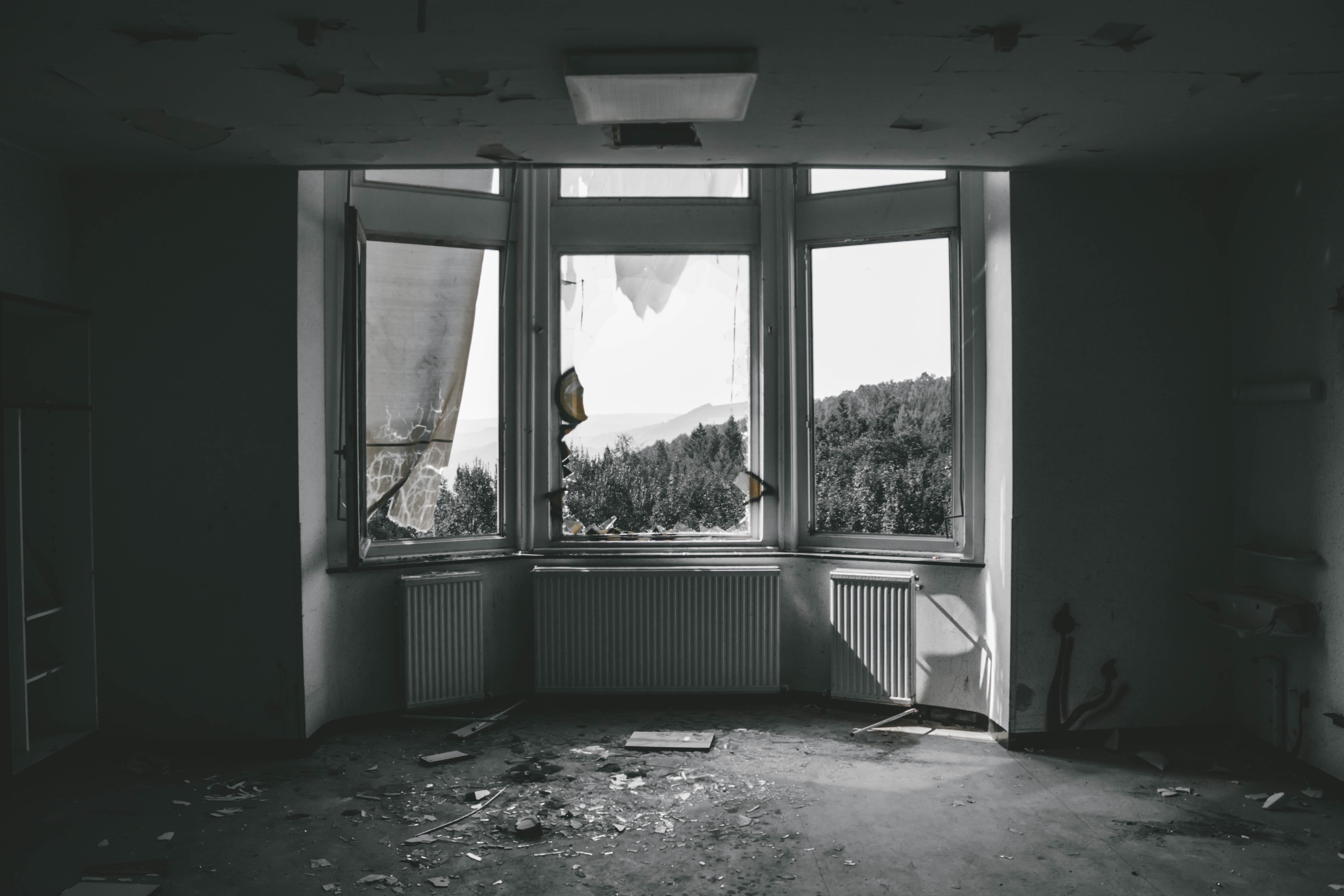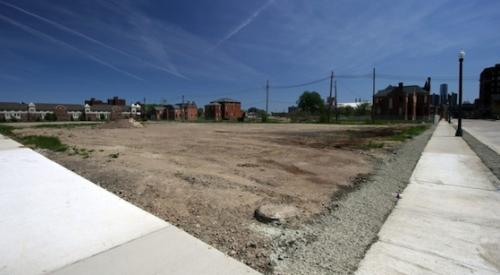Three Michigan State University urban planning and construction management scholars say that when it comes to blight, home builders need to be thinking about the end of a structure's life from the start.
Rex LaMore, George H. Berghorn, and M.G. Matt Syal study "the life cycles of the built environment," describing it as "domicology," which tackles the planning, design, and construction stages through to the end of the structure's life either through abandonment, deconstruction, or reuse. For reference, the U.S. had 7.4 million abandoned homes in 2012. Typically, demolition or deconstruction costs are the purview of future public or private entities, rather than the developer; publicly financed demolition and landfilling are the most frequently used methods for structure removal today, upwards of 300,000 houses demolished per year, which creates 169.1 million tons of debris, accounting for about 22 percent of the U.S. solid waste stream.
The scholars write for CityLab that the shift to "a new domicology mindset" offers various solutions, including 95 percent material reuse and recycling by pivoting to structure deconstruction from demolition. The method may require extra upfront time and cost, but may also create "a vibrant reuse market for salvaged materials."
Detroit has been demolishing about 200 vacant houses per week since December 2014, with a goal to take down 6,000 houses in one year. Much of the demolition work is concentrated in about 20 neighborhoods where the blight removal is projected to have immediate positive effects of improving remaining property values and clearing land for future development.
While Detroit may be an extreme example, economic decline, disinvestment, racial segregation, and natural and human-made disasters have left other American communities with unprecedented amounts of structural debris, abandonment and blight, too.













